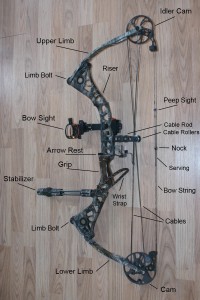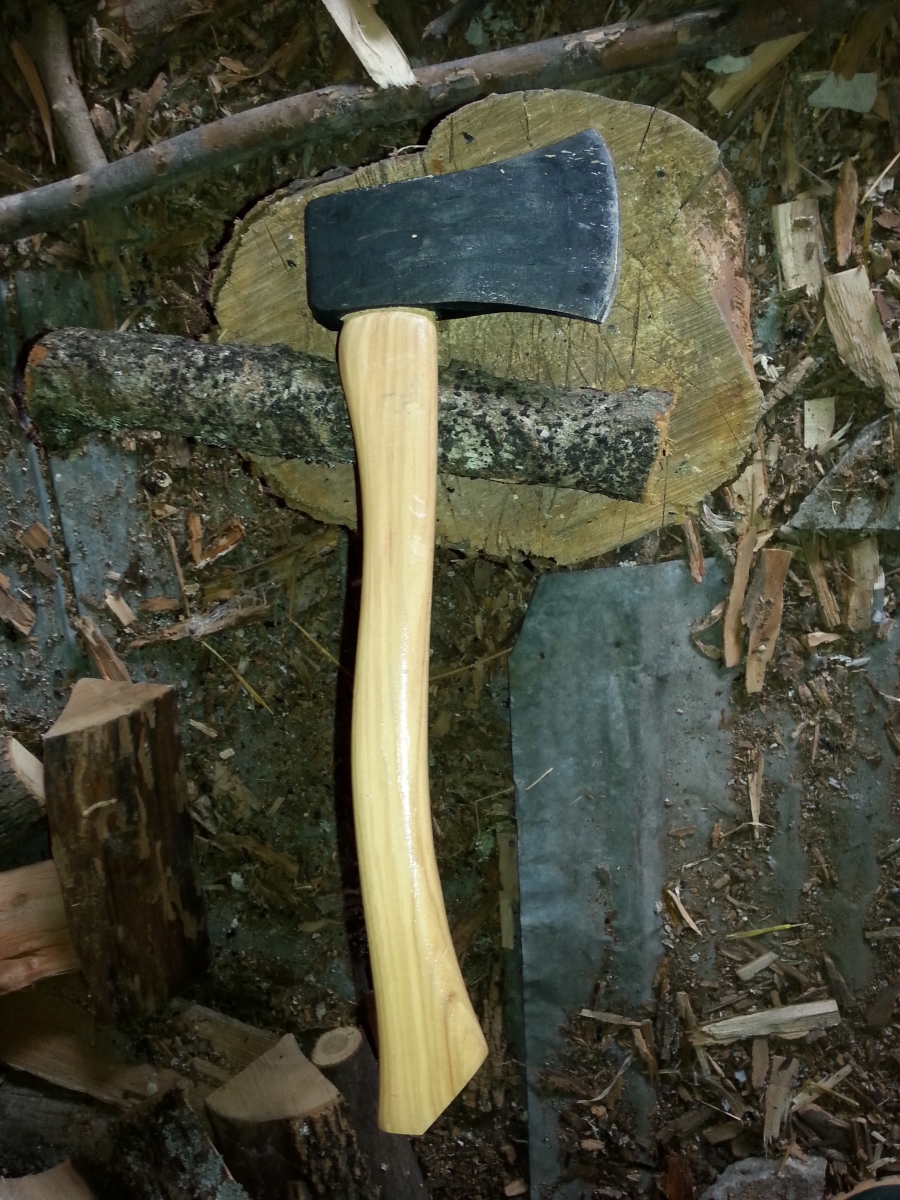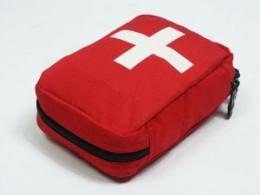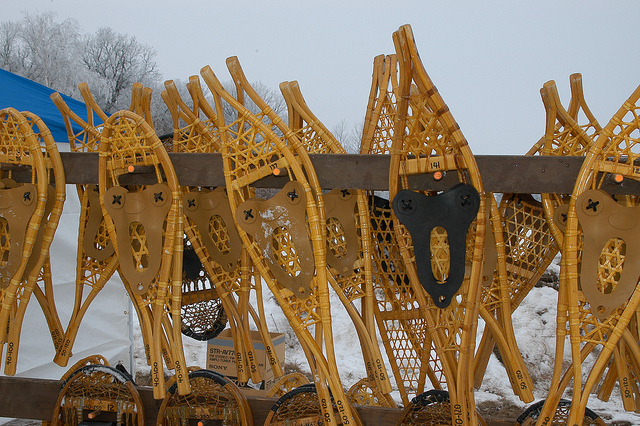The compound bow has revolutionized the sport of archery. The shorter length combined with high speeds make this style of bow more accurate and easier to shoot than ever before.
Unlike a nice and simple traditional longbow there are many different parts on a compound bow to make it shoot with the deadly accuracy it is know for, but which one is causing the arrow to miss its mark as you set it up? Let’s take a look at the different parts of a compound bow and what they do so as to better understand what’s going on.
Riser: All limbs and accessories attach to this part which also contains the grip. Look for cracks or dents which could break or be causing vibration.
Upper Limb: The limbs flex allowing for energy to build up as the bow is drawn. The limbs should be screwed down as far as they go when starting to set up your bow. Inspect limbs for cracks which could cause the limbs to break when shooting. Periodically you will need to replace limbs as they can lose springiness over time.
Lower Limb: The lower limb functions like the upper but contains the cam. Also start setting up your bow with this limb screwed down as much as possible.
Limb Bolts: These bolts attach the limbs to the bow. Inspect them for rust, stripped sockets or threads, and cracks. To lower draw weight slightly unscrew each limb bolt exactly the same number of turns. To increase draw weight slightly tighten the bolts exactly the same number of turns.
Grip: The part of the compound bow you hold onto. Make sure it is properly attached and has no rough spots on it.
Idler Cam: The wheel on the upper limb is where the string passes over the top of the bow on its way back to the lower cam. The idler cam acts as a pulley when drawing the bow. Inspect the cam for scratches or dents which could lead to the part breaking. Also make sure the idler cam turns easily as the bow is drawn. This part is known as an idler wheel on some bows.
Cam: The cam is where the string and cable attach. As the bow is drawn the cam turns over allowing the archer to hold only a portion of the bow’s total draw weight. Inspect the cam for straightness, dents and scratches which could cut the string or cables. Make sure it is always free from dirt and has not seized if the bow has not been shot for a while.
Bow String: The string is where the arrow nocks (attaches) when shooting. As the string is drawn back tension is increased on the limbs allowing them to snap back into place when the string is released. Strings and cables stretch and break down over time so replace them a minimum of every two years for occasional shooters and even more frequently if you shoot often. Waxing strings and cables will help protect them and extend their life.
Cable: The cables attach to the upper limb and go down to the cam. As the bow is drawn they compress the limbs helping to increase energy. Inspect cables for fraying ends where they attach to the bow. Wax cables periodically to protect them and extend their life. Replace cables at the same time you replace your string.
Serving: The string that wraps around the bow string and cables is called the serving. This protects the bowstring and cables from wear as they come in contact with the cam, moving parts, or the arrow. Reserve the strings or cables as soon as the serving shows sign of wear or breakage.
Cable guard: The cable guard keeps the strings off to one side to allow the arrow clear passage from the bow. The cable guard is subjected to much vibration during shooting so inspect it frequently for cracks, and make sure it is smooth to allow the cable slide to move easily. Some manufacturers call this part of a compound bow a cable rod.
Cable Slide: Holds the cables together and allows them to slide along the cable guard during the draw and release. Inspect it for cracks and keep it dirt free. Some bows use a roller guard system instead; this is smoother during release and has less vibration.
Bow Sight: Sights mount on the front of the bow in the sight window of the riser. They allow for pin point accuracy when aiming. If your arrows are not shooting where you are aiming the sights usually need adjustment. Make small 1/32” changes and always follow your arrow. If the arrow hits high then move the sight up. If the arrow hits left then move the sight left. Make sure sights are firmly attached and replace the fibre optic thread every couple years as the colours fade and it becomes brittle with age.
Peep Sight: The peep is a rear sight inserted into the bow string. It allows the archer to line up with the front sights. Make sure it is always round and tightly served in place. Your archery pro shop will help you make sure it is in the right place when you get your bow.
Arrow Rest: The arrow rest holds your arrow as the bow is drawn. There are several different kinds but the drop away and whisker biscuit are the most popular. The drop away supports the arrow until release when it drops out of the way of the arrow. A whisker biscuit allows the arrow to pass through it which can affect the flight of the arrow. Make sure the arrow rest, bow sight, peep sight, and string are all aligned. This is called the center shot. If any part is out of alignment then likely there will be problems with arrow flight or accuracy.
Stabilizer: Stabilizers are rods of varying length that absorb vibration during release and counter balance the weight of the bow when it is drawn. Good stabilizers are at least 12” long for hunting and can be over 28” for indoor target shooting. Screw the stabilizer in tightly and inspect the threads each time it is attached to make sure they have not stripped.
Stabilzer Mount: This is where the stabilizer attaches. Make sure it is clear of dirt and that accessories are screwed in properly to prevent the threads from stripping.
Wrist strap: The wrist strap goes over the archers hand to prevent the bow from falling should the archer inadvertently let go.
String Nock or String Loop: The arrow attaches to the string here. Check the placement of the nock or loop often to make sure it hasn’t moved. Small changes in the position of either the nock or loop will cause the arrows to not shoot where you want them to.
Compound bows are amazing pieces of equipment. They are quiet, fast and very accurate. As long as compound bows are properly and routinely maintained they will be an archer’s best friend for years to come.
Copyright 2019 Mike Wilson




